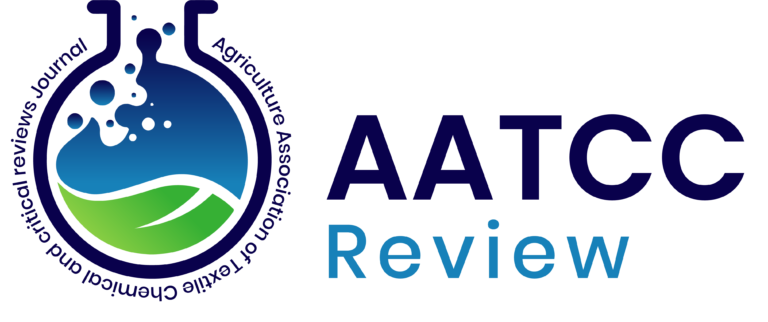Study of Cotton crop yield optimization in Telangana using Crop Simulation models and GIS techniques
DOI: https://doi.org/10.21276/AATCCReview.2025.13.02.192
Abstract
To delineate the potential crop production zones of cotton and strategies to improve the lower
potential zones in Telangana through experimental means is labororious and cumbersome, so the
present study aimed at the application of calibrated and validated crop simulation models for
delineation of potential production zones by using GIS techniques in Telangana State. Model
application through seasonal analysis the optimum plant density and nitrogen level for the MRC
7201 cultivar was 1,11,111 plants ha -1 at 60 cm x 15 cm spacing with 120 kg N ha -1 The
simulated average potential non-water-limited yield decreased from the western to the eastern
parts of Telangana, varying between 3,717 kg ha -1 and 3,891 kg ha -1 across different sowing dates
(15 June to 30 July). Water-limited yields showed a decreasing trend from the northern to the
southern parts of Telangana, ranging from 2,642 kg ha -1 to 3,029 kg ha -1 . The potential yield of
cotton was highest when sowing occurred on July 22 and July 30. A strategic irrigation
application at the flowering stage for crops sown on June 15 in the Maktal mandal
(Mahabubnagar district) led to a maximum simulated yield increase of 2,500 kg ha -1 . A
maximum yield increase of 1738 kg ha -1 was simulated at the Eturunagaram Mandal in the
Warangal district with strategic irrigation applied at the flowering and boll development stage in
crop sown on 06 July.
PDF: View / Download
- Post comments:0 Comments
